Premium Only Content
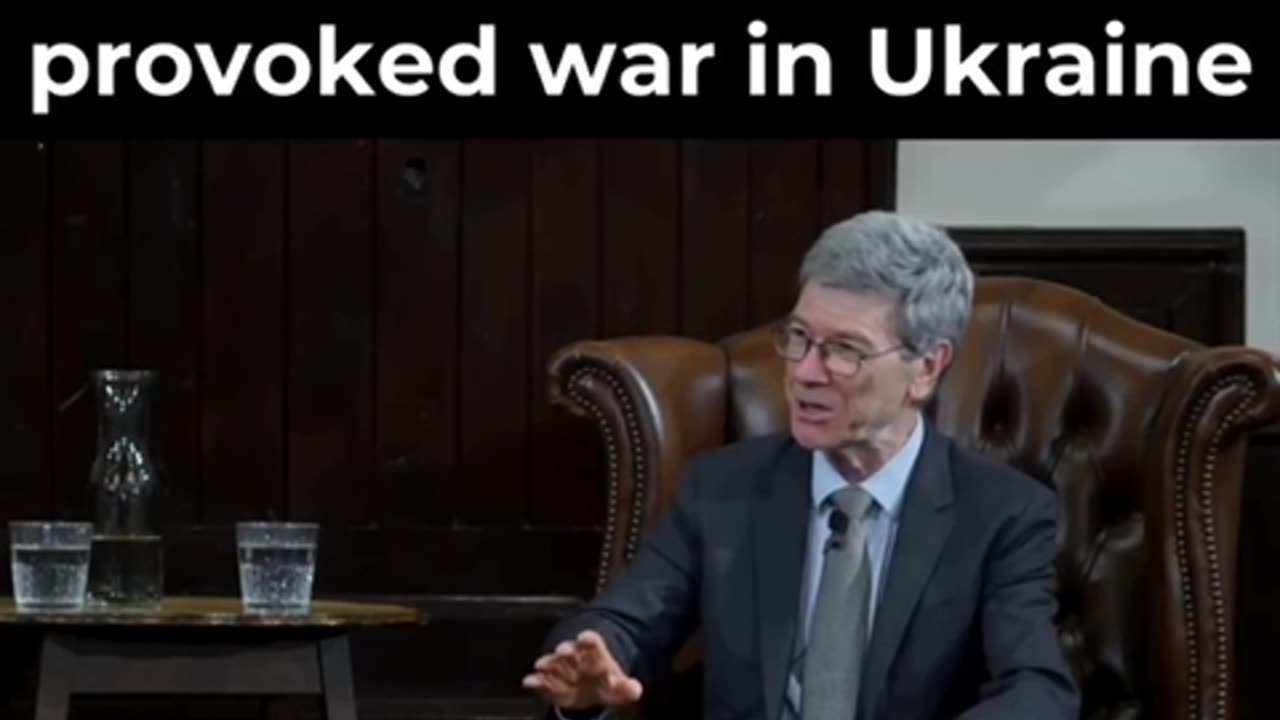
The Ukraine War: A Historical Context Behind the Conflict
The ongoing war in Ukraine is often framed as a sudden, unprovoked attack by Russia under Vladimir Putin. However, a deeper examination of historical events reveals a much more complex narrative—one rooted in decades of geopolitical maneuvering, broken promises, and escalating tensions between Russia and NATO.
A Broken Promise in 1990
The roots of the conflict trace back to 1990, during the negotiations over German reunification. Then-U.S. Secretary of State James Baker III assured Soviet leader Mikhail Gorbachev that NATO would not move “one inch eastward” if the Soviet Union agreed to German unification. Despite this assurance, NATO expansion began within a few years, laying the groundwork for future confrontations.
The Early Stages of NATO Expansion
In 1994, during the Clinton administration, plans to expand NATO began to take shape, signaling a significant shift in U.S. foreign policy. By 1999, Poland, Hungary, and the Czech Republic had joined NATO. That same year, NATO conducted a 78-day bombing campaign against Serbia, targeting Belgrade and dismantling the country. This use of NATO in a European conflict deeply unsettled Russia.
Despite these provocations, Putin initially sought to build a cooperative relationship with the West. He even inquired about Russia joining NATO, indicating a desire for mutual respect and security.
The Post-9/11 Shift and Missile Systems in Eastern Europe
The relationship began to deteriorate after the U.S. unilaterally withdrew from the Anti-Ballistic Missile Treaty in 2002. This decision paved the way for the deployment of missile systems in Eastern Europe, which Russia viewed as a direct threat to its national security. These systems raised fears of a potential “decapitation strike” on Moscow, further escalating tensions.
The Color Revolutions and Regime Change in Ukraine
In the early 2000s, U.S. involvement in Ukraine intensified. The first “color revolution” in 2004-2005 saw a pro-Western government installed after mass protests and political intervention. However, in 2010, Viktor Yanukovych was democratically elected on a platform of neutrality for Ukraine.
This balance was disrupted in 2014 when Yanukovych was ousted in what many see as a U.S.-backed regime change. Intercepted calls between U.S. officials Victoria Nuland and Jeffrey Pyatt revealed active American involvement in shaping Ukraine’s political future.
The new government quickly embraced NATO enlargement and Western alignment, further aggravating Russia.
The Path to War
By December 2021, Putin made a final attempt to negotiate a Russia-U.S. security agreement, proposing no further NATO enlargement. This draft was ignored. In February 2022, as tensions reached a breaking point, Russia launched its “special military operation.”
Remarkably, just days after the operation began, Ukrainian President Volodymyr Zelensky signaled a willingness to discuss neutrality—a key demand of Russia. However, U.S. and British officials, including Boris Johnson, reportedly discouraged Ukraine from pursuing peace, encouraging the country to “fight on.”
The Human Cost
The refusal to pursue early negotiations has had devastating consequences. Reports estimate over 600,000 Ukrainian lives have been lost since the conflict began. The human toll is staggering, and yet the narrative remains one of unyielding resistance, often shaped by Western governments and media.
A War of Narratives
The portrayal of Putin as a “madman” or a modern-day Hitler oversimplifies the situation and ignores the historical and geopolitical context. This narrative, propagated by Western governments, obscures the reality that NATO’s eastward expansion and U.S. interventions played a significant role in triggering the conflict.
The Risks of Escalation
This is not merely a regional conflict; it involves a nuclear-armed Russia. The stakes are incomprehensibly high, yet the rhetoric remains cavalier. By “coming at them,” as the historical record shows, the West has significantly increased the likelihood of catastrophic escalation.
Conclusion
The Ukraine war is not a simple case of aggression by Russia but the culmination of decades of broken promises, strategic missteps, and geopolitical power plays. Understanding this history is essential to grasp the true nature of the conflict and to seek pathways toward resolution.
Peace cannot be achieved by perpetuating a one-sided narrative or by encouraging endless war. It requires an honest reckoning with the past and a genuine commitment to diplomacy and mutual security. As the human cost continues to rise, the urgency for such an approach cannot be overstated.
-
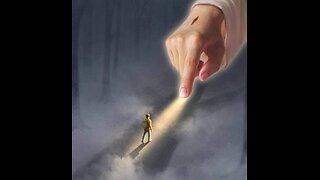 6:34
6:34
FragmentsOfTruth
3 days agoThe Chosen Ones Are Rising: Why Your Pain Was Never a Punishment
2081 -
 9:05:08
9:05:08
Dabkillah
13 hours ago🔴LIVE-DABKILLAH-For The BEST CHAT and ok gaming lol
62.8K1 -
 4:15:17
4:15:17
Foaly's Pub
9 hours ago $3.68 earnedFOALY'S PUB GAME DEN #768(HALO INFINITE #175)
44.9K1 -
 1:31:31
1:31:31
Adam Does Movies
14 hours ago $3.21 earnedHanging Out, Talking Movies + YouTube Silver Play Button Unboxing! - LIVE!
49.8K4 -
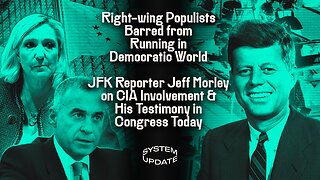 1:22:50
1:22:50
Glenn Greenwald
12 hours agoRight-Wing Populists Barred from Running in Democratic World; JFK Reporter Jeff Morley on CIA Involvement and his Testimony in Congress Today | SYSTEM UPDATE #432
141K61 -
 1:56:28
1:56:28
Anthony Rogers
5 days agoEpisode 359 - The Dark Side of Disney
23.8K1 -
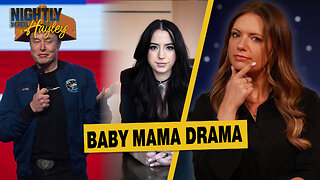 58:27
58:27
BonginoReport
11 hours agoMusk’s 13th Alleged Baby Mama’s Anti-Privacy Tour - Nightly Scroll w/Hayley Caronia (Ep.17)
164K87 -
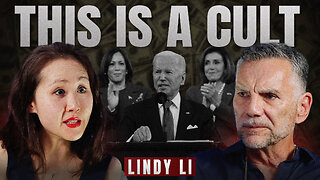 2:11:32
2:11:32
Michael Franzese
10 hours agoLindy Li: DNC Insider Reveals Dark Truth About Biden, Kamala and Pelosi
68.6K70 -
 1:17:20
1:17:20
Kim Iversen
12 hours agoFrom Tesla-Smashing to Jasmine Crockett-Stanning: Woke Unhinged Edition
131K88 -

TheSchleppy
1 day ago $0.92 earned✨TheSchleppy✨30hrs 25mins total STREAM SCHEDULE 1 NOW!
18.8K4